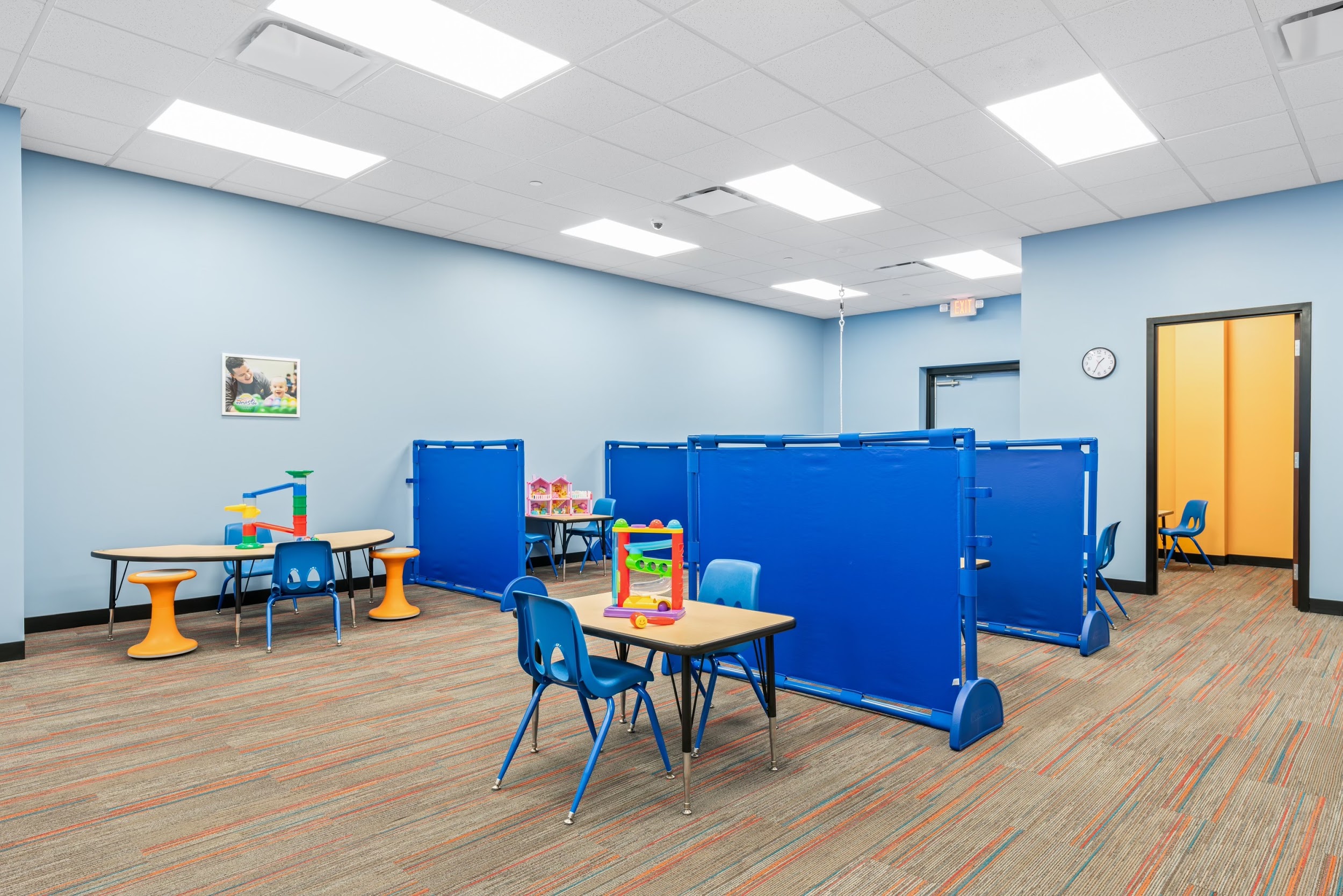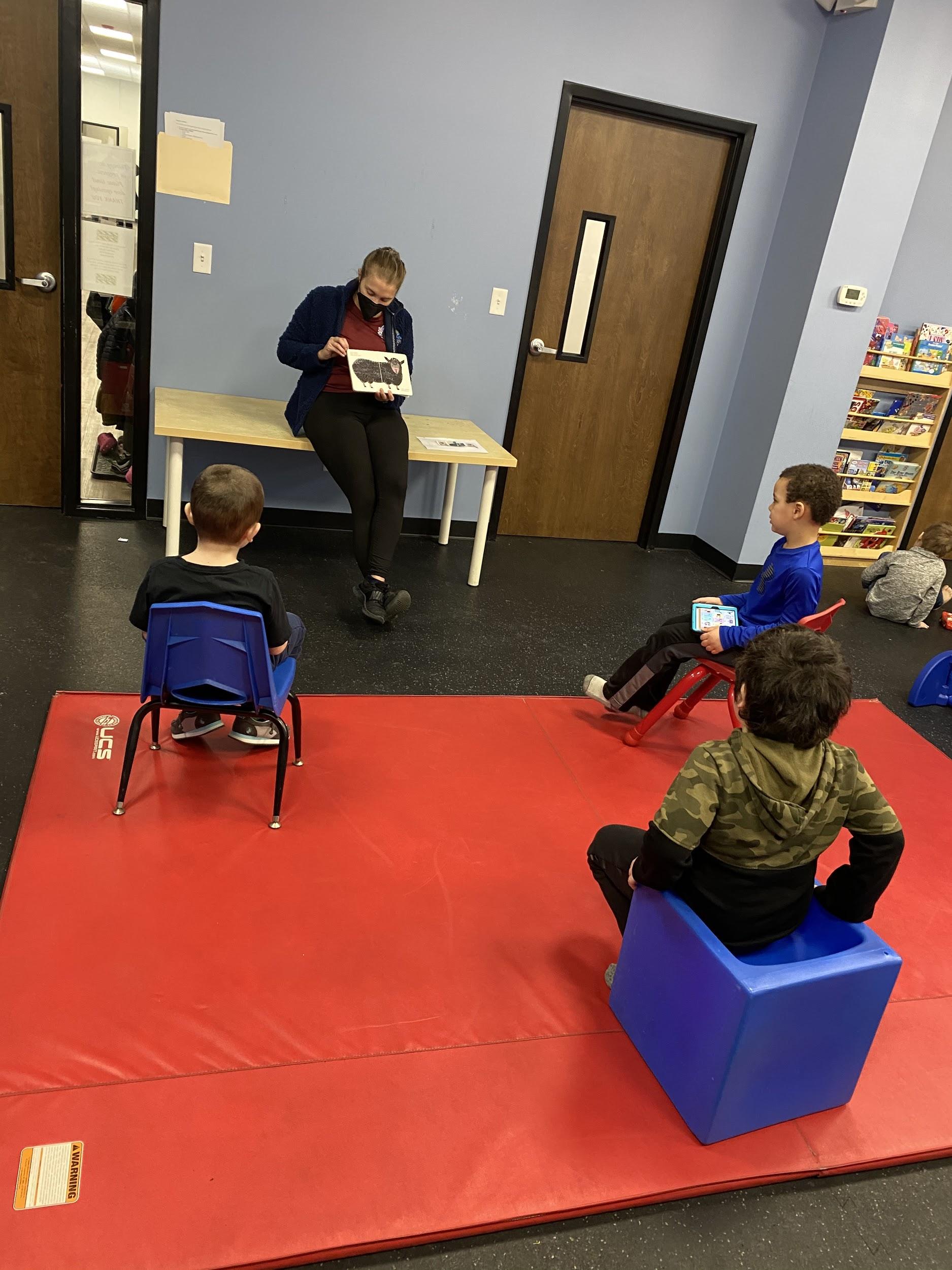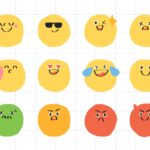My child is in ABA Therapy, how long will they be?
The best time to start ABA therapy is early and between the ages of 2 and 6. However, there does not need to be a lifelong commitment to ABA therapy. There are several indications that will flag when ABA Therapy should stop.
There is no magic number that says how long every child should spend in ABA therapy. That is specific for your child and the needs/goals they need to be met.
How long will ABA Therapy take for my child to complete?
The average child will receive anywhere between 10-30, and sometimes 30-40 hours per week for intense programs. A child’s therapy plan is determined through an evaluation. As the child progresses through their therapy, hours can naturally be reduced, but also increased if needed.
For kids under 6 years old, 30 hours is the more common approach as 40 hours is becoming less common.
3 Common Cues to notice before discontinuing ABA Therapy service
Depending on the course of treatment, it may take some time before you as a parent see changes in your child’s behavior. The ultimate goal of ABA therapy is to maximize a child’s independence, bring positive changes, and more importantly, sustainable changes, to a child’s and their family’s lives.
As you go along, there are a few cues that you can keep your eye out for. Some of these cues include, but are not limited to:
- You are confident in your child’s stage of functioning and they show the ability to be independent.
- You are confident in your abilities to do at-home activities without the help of a practitioner.
- Availability: The weekly commitment to ABA therapy is intense. It is more than a daily pill. Parents have made the decision to use different activities (sports, camps, clubs) as an outlet for their child to develop these skills.

What does ABA Therapy cost?
ABA therapy can be expensive or cheap. It depends on who you ask. Everyone’s out-of-pocket expense is going to vary. Some have very high deductibles and some may have very low deductibles.
Once you meet your deductible, your insurance will begin to start paying and paying most of the rest of your costs. Some people may have coinsurance to pay following that, but it is typically much lower than you paid before.
Many insurance plans also have an out-of-pocket maximum, where you would pay no more than that amount. There are usually no more out-of-pocket costs following that.
With ABA, both of these can typically be heavily frontloaded where you reach your max in just a few weeks because of the number of hours your child receives. Westside also offers payment plans where that can be avoided.
Learn more about ABA Therapy costs.
What do Westside’s therapists say about when to stop ABA therapy?
At Westside, our therapists will go over a discharge plan at the very beginning. It’s not a one-size-fits-all approach. Our therapists will go over the goals to complete in ABA, as it is their goal to graduate your child out of ABA therapy.
The BCBA will be writing updated reports and updated evaluations at least every six months, as well as having an ongoing conversation with the parents. It is during those six months that the child will be evaluated and discussed whether to start reducing hours or push ahead with the current plan.
The average kid is in ABA therapy for roughly 2-3 years of intensive therapy followed by maybe 2-3 more years of a focused approach.
There will be situations where the parent notices different behaviors at home that the therapist can’t. Our therapists will help you weigh the pros and cons of extracurricular activities your child can be involved in.
For example, is now the time to sign up your kid for drum lessons, or could that time be better spent in ABA, or in a Lego club where they are interacting with peers?
Westside’s therapists will make sure you have all the information you need to make those decisions. They will be there to “hold your hand” through the process. They can be there to call your child’s future public school and decide when is a good time to enroll them and plan together, too.
“Seeing a kid graduate is what keeps us in the field. It is so cool to be there from day one and see the challenges. The most exciting thing for us is to know we can help and improve quality of life for them and for their family.”

Should I slowly decrease hours or just stop ABA therapy?
Gradually decreasing hours rather than just pulling the plug on ABA therapy entirely is a better approach. Decreasing hours will allow you, your child, and their therapist to see if they can continue their positive behaviors with less therapy.
For example, a child who is in a comprehensive ABA therapy plan can step down to a focused treatment plan.
Comprehensive Plans vs. Focused Plans
A comprehensive plan consists of 26-40 hours per week and is done for children who show a deficit in the majority of developmental domains.
A focused plan consists of 10-25 hours per week and has a limited number of target behaviors to address.
Also, parents, you do not have to make this decision on your own. With the help of your child and the team of therapists, you will be able to smoothly transition your child out of therapy when the time is right. Through conversations with the therapists, you will come up with the transition plan that will allow your child to continue working toward their personal goals, as well as the goals determined in therapy.
Our therapists believe that including the child in these discussions will yield the best results.
“I remember every kid I have helped graduate from ABA. You throw a party! It is a proud moment for the child, and they leave bragging about their accomplishments.

I stopped ABA therapy, now what?
Now that you are finished with ABA therapy with a provider, it is still important to follow the transition plan to make sure your child is working on the skills they have learned/obtained. Finishing ABA therapy does not mean a “cure” was found.
There will always be room to improve, so remember to keep your child involved in activities. The possibility also exists that your child may need to return to ABA therapy.
Overall, it is just important to keep your child engaged when ABA therapy ends. From spending every day in a jam-packed schedule to nothing will be challenging.
Our therapists say that it could be good for a child to finish ABA therapy and jump into a PT, OT, or speech program to continue fine-tuning skills if it would be beneficial.
If it’s not, our therapists have seen success with activities like art therapy, music therapy, soccer, etc. Just anything that can keep them on a structured social schedule. It can be as simple as scheduled playdates throughout the week.
The first 2-3 months following therapy will be critical to monitor the behaviors. The therapist will provide you with information to understand what is a typical behavior or something that needs support.
If you’re ready to start ABA therapy, give us a call! If you’re already in ABA therapy, be sure to talk with your child’s therapist about a discharge plan.
If you are interested in starting ABA therapy, reach out to us and we’ll help you get started! If you’re already in ABA therapy and have questions about discharge, talk to your therapist.







